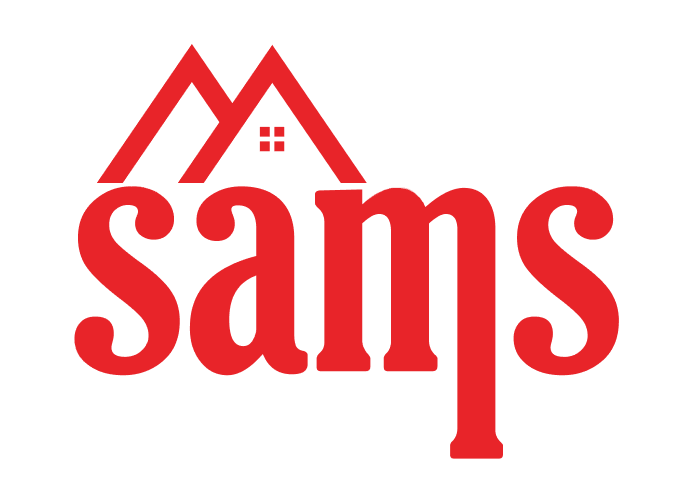How Time Tracking Can Help Architects Understand Project Profitability
Introduction
In architecture, creative brilliance must be balanced with business sense. Yet many studios, even experienced ones, struggle to answer a simple question: Is this project profitable?
The answer lies not in guesswork — but in accurate
time tracking.
If your firm isn't logging
hours per task, team, or project, you could be over-delivering,
under-charging, or burning out your team. In this blog, we'll
explore how structured time tracking can help architects uncover
their true project costs and improve profitability.
1. Time is Your Invisible Currency
Every hour spent on a project — whether it's a client meeting, site visit, or drawing revision — is billable effort. If you don't track it, you're spending blind. A time tracking system helps you assign a cost to every phase of your project and see where resources are really going.
Two projects may bring in the same revenue, but if one took 200 hours and the other only 100, the second is twice as profitable.
2. See Effort vs. Value, Clearly
Time logs let you compare what you earned vs. what you invested. With time data broken down by team member and task, you'll know exactly how much effort went into concept development, working drawings, revisions, or site coordination.
- Improve future project estimation
- Know when to increase your fees
- Identify high-effort, low-return clients
3. Make Better Business Decisions
Without time tracking, you can't answer key profitability questions like:
- Should we take this new project?
- Is it worth giving discounts to this client?
- Should I hire more staff or optimize current workloads?
Time data supports these decisions with real numbers, not assumptions.
4. Improve Team Productivity and Accountability
With tools like SAMS, every team member logs hours against projects and tasks. This builds:
- Transparency across your team
- Accountability for missed timelines
- A record of workload balance — helping you avoid burnout and overtime
Over time, you'll see which team members are working efficiently and where training or support is needed.
5. Quote More Accurately for Future Projects
Underquoting is one of the biggest reasons studios lose profit. With historical time data:
- You can build realistic timelines
- Set accurate pricing
- Avoid "scope creep" by measuring the effort invested in change requests
6. Turn a Gut Feeling into a Data-Backed Strategy
Running a profitable architecture practice shouldn't be based on instinct alone. Time tracking gives you the numbers you need to:
- Identify your most profitable service types
- Decide which project types to focus on
- Justify your value to clients during negotiations
Conclusion
If you're not tracking time, you're not tracking profit. For design professionals, time is the hidden cost behind every beautiful structure — and understanding it is key to a sustainable, profitable studio.
SAMS helps 100+ architecture studios track time per task, project, and team — converting hours into insights, and insights into profits.
👉 Want to see how SAMS can help you understand your true project costs? Request a free demo.
Frequently Asked Questions (FAQs)
A: Time is one of the biggest costs in architecture. Tracking it helps you understand how long tasks take, improve quoting accuracy, and see if projects are profitable.
A: By logging time spent on tasks, you can compare it with the revenue earned from a project — revealing if you're undercharging, overworking, or wasting effort.
A: Use a dedicated management tool like SAMS, where time logs are connected to specific tasks, projects, and team members — ensuring clarity and accuracy.
A: Not at all. With easy-to-use interfaces like SAMS, your team can log time in seconds. Over time, it actually reduces miscommunication and inefficiency.
A: Absolutely. Historical time data shows how much effort typical projects require, so you can quote more confidently and avoid underestimating future jobs.

7 Signs Your Architecture Studio Needs a Management System

Why Google Sheets and WhatsApp Aren't Enough for Managing Design Projects

Client Communication in Design Projects: Why Structured Tools Win Over WhatsApp
© 2022-2025 | SAMS | All Rights Reserved

